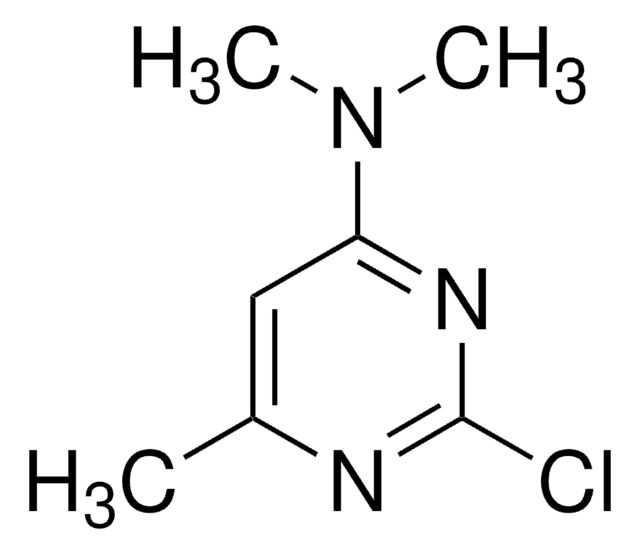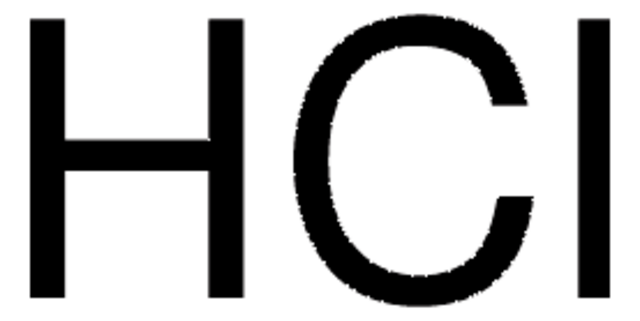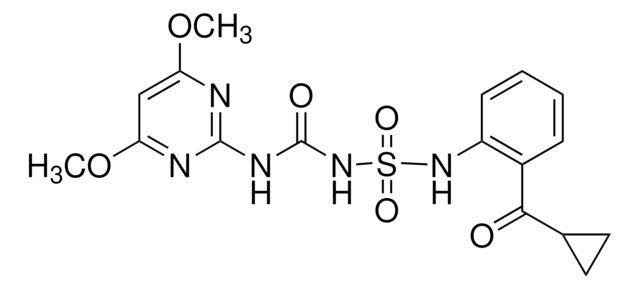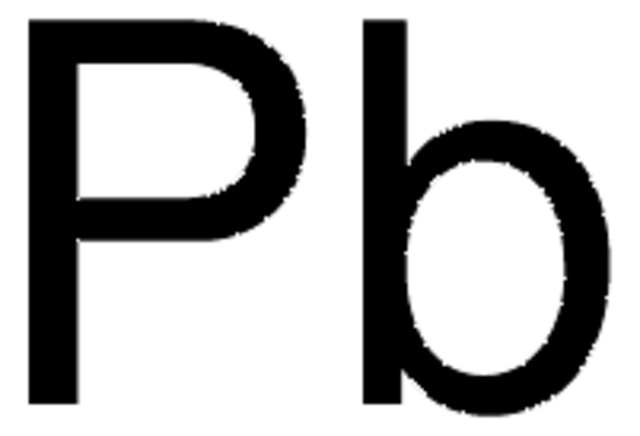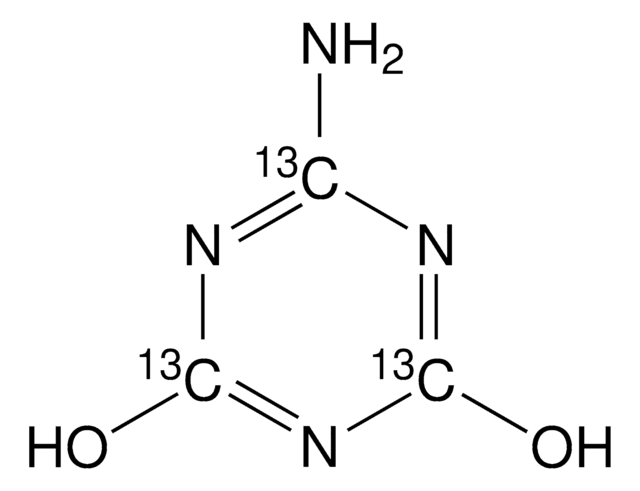32086
Crufomate
PESTANAL®, analytical standard
Synonym(s):
(RS)-4-tert-Butyl-2-chlorophenyl methyl methylphosphoramidate, Amidofos, Amidophos, NSC 253463, Ruelene
About This Item
Recommended Products
grade
analytical standard
product line
PESTANAL®
shelf life
limited shelf life, expiry date on the label
technique(s)
HPLC: suitable
gas chromatography (GC): suitable
application(s)
agriculture
environmental
format
neat
SMILES string
CNP(=O)(OC)Oc1ccc(cc1Cl)C(C)(C)C
InChI
1S/C12H19ClNO3P/c1-12(2,3)9-6-7-11(10(13)8-9)17-18(15,14-4)16-5/h6-8H,1-5H3,(H,14,15)
InChI key
BOFHKBLZOYVHSI-UHFFFAOYSA-N
Application
Legal Information
Signal Word
Warning
Hazard Statements
Precautionary Statements
Hazard Classifications
Acute Tox. 4 Dermal - Acute Tox. 4 Oral - Aquatic Acute 1 - Aquatic Chronic 1
Storage Class Code
11 - Combustible Solids
WGK
WGK 3
Flash Point(F)
Not applicable
Flash Point(C)
Not applicable
Regulatory Information
Choose from one of the most recent versions:
Certificates of Analysis (COA)
It looks like we've run into a problem, but you can still download Certificates of Analysis from our Documents section.
If you need assistance, please contact Customer Support.
Already Own This Product?
Find documentation for the products that you have recently purchased in the Document Library.
Our team of scientists has experience in all areas of research including Life Science, Material Science, Chemical Synthesis, Chromatography, Analytical and many others.
Contact Technical Service